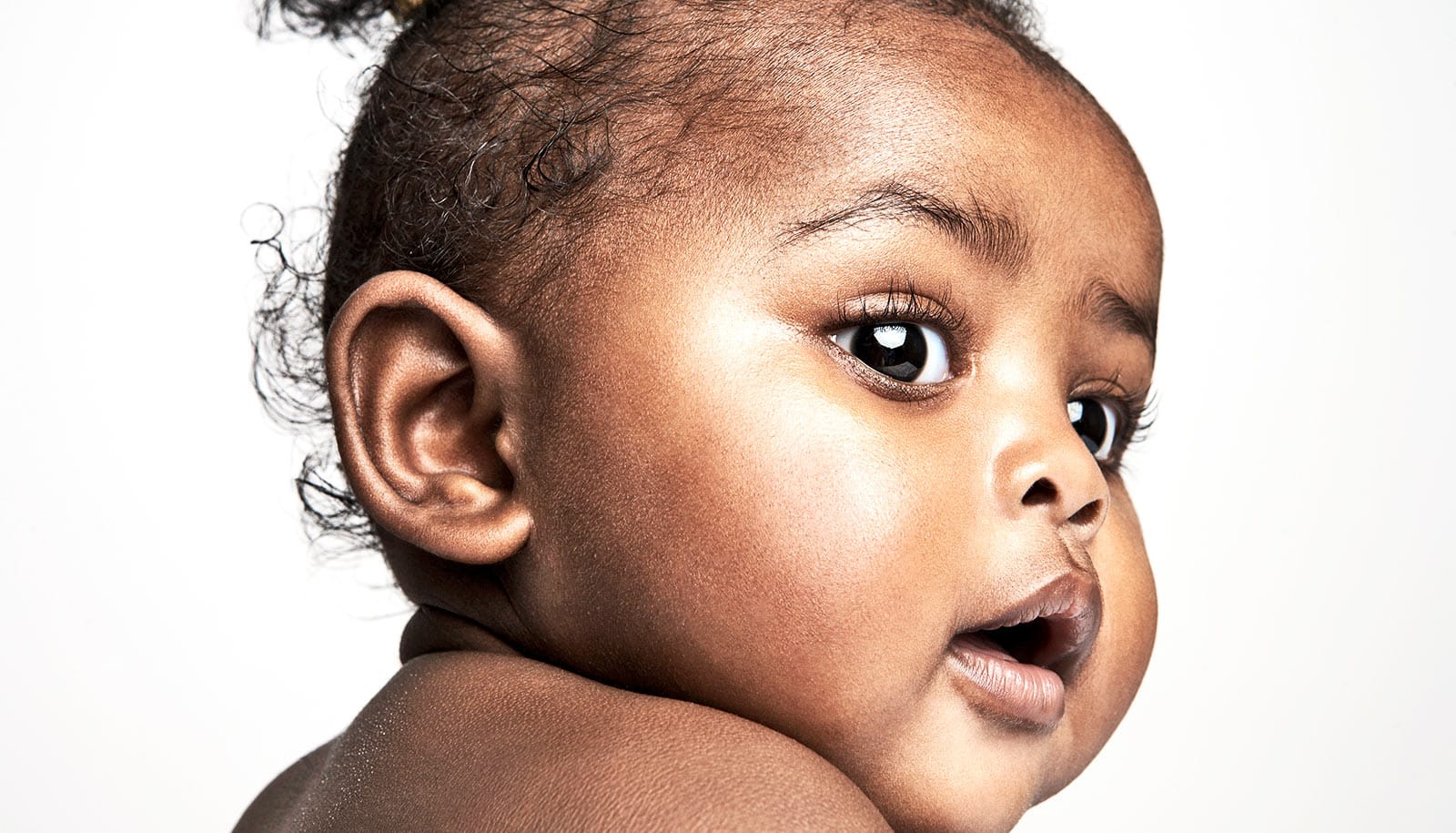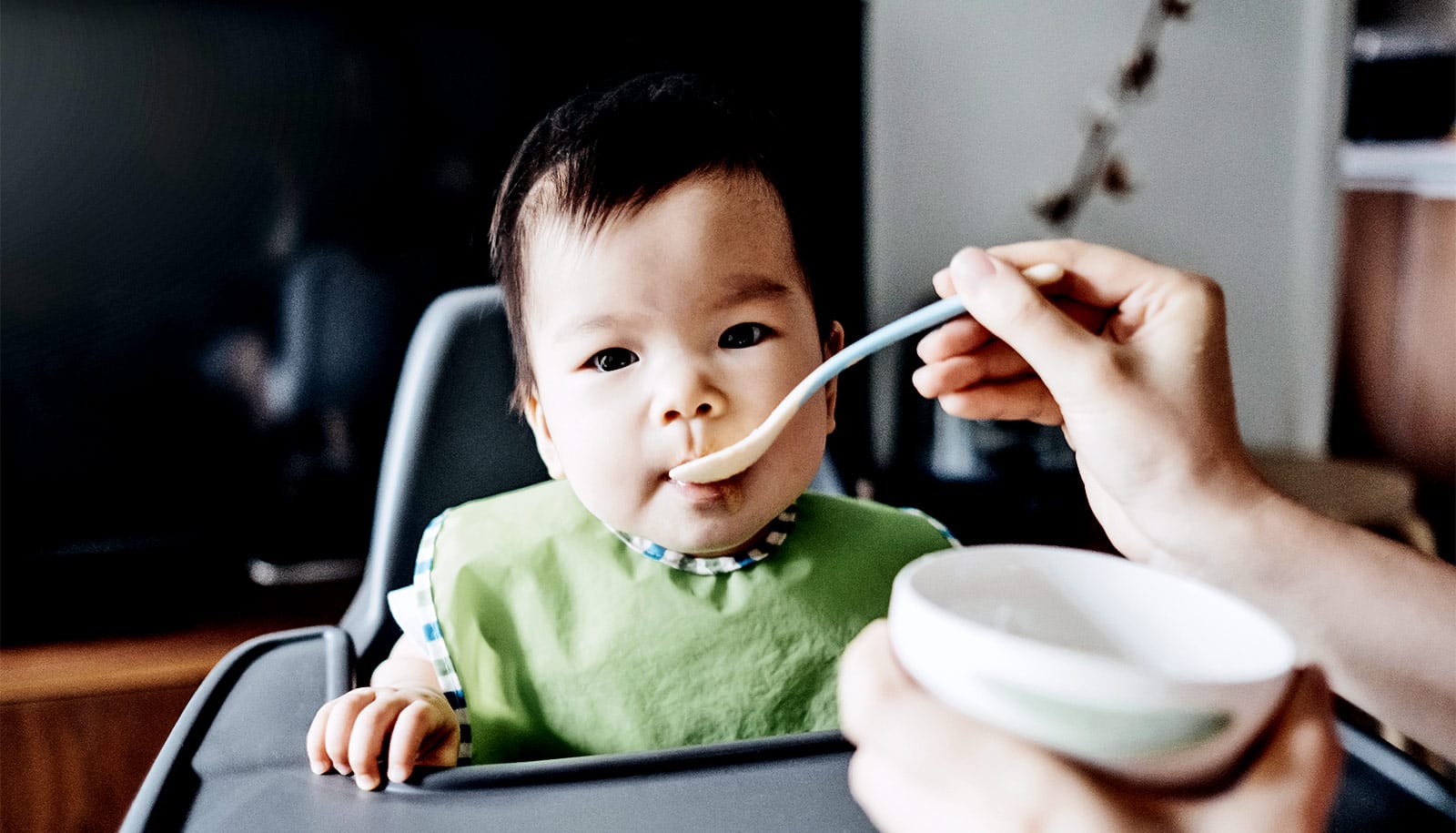Human microbiome variation associated with race and ethnicity emerges as early as 3 months of age, according to new research.
Early social and environmental exposures can have large and lasting effects on child development and adult health. One of the systems in the human body that is vulnerable to external influence is the gut microbiome: the community of bacteria that live in the gastrointestinal tract. Some variations in the human gut microbiome are important because they are linked to the incidence and mortality of various diseases.
In the United States, adult gut microbiome diversity correlates with self-reported race and ethnicity, even though there is no genetic or biological reason for this. In this context, scientists believe that race and ethnicity are proxies for inequitable exposure to social and environmental determinants of health due to structural racism.
But until now, the timing and conditions under which gut microbiome differences first appear have been a mystery. The new study highlights a critical development window during which racial differences in the gut microbiome emerge.
“The differences that we see are not present at birth, or even shortly after,” says Elizabeth Mallott, an assistant professor of biology at Washington University in St. Louis and first author of the study in PLOS Biology.
She and her collaborators analyzed data from eight previous studies, including 2,756 gut microbiome samples from 729 US children between birth and 12 years of age.
“Only two of the 82 microbes that differ along the lines of either race or ethnicity are microbes that are maternally transmitted,” Mallott says. “The vast majority are all microbes that we acquire from the environment.”
Babies acquire some of the bacteria that stay with them for the rest of their lives during birth or in close contact with their mothers during breastfeeding, for example.
But people also accumulate other types of bacteria as they interact with the world around them. Their life experiences dictate which of these bacteria they encounter and which ones stay with them as part of the internal community of their microbiomes.
“Microbiome composition early in life sets up composition in adulthood—so it could be setting people up for various diseases,” Mallott says. “Now that we know when the variation is occurring, we can look for the specific factors driving it and think about early interventions.”
Other studies have shown that race- and ethnicity-associated differences in the gut microbiome reflect differences in environmental and social factors, the authors note. In the United States, there are clear disparities in health that are tied to socioeconomic differences; culture, diet, and access to food; access to health care and education; interactions with the built environment; and environmental pollutants. Many of these factors reflect the legacy and continued influence of structural racism.
In the new study, the researchers found both race and ethnicity account for small but statistically significant proportions of the variation in gut microbiome composition.
They also found that multiple bacteria groups were differentially abundant between self-reported racial and ethnic categories, several of which were previously identified as differentially abundant in adults. Of the 57 types of bacteria that varied in abundance between children of differing self-identified racial categories, 19 were previously identified as differentially abundant between Black and white adults.
The researchers did not attempt to determine which of the race- and ethnicity-related variations were connected with positive or negative impacts on health. But their findings related to the timing of when the variations emerge are important to others who are looking at how the microbiome contributes to adult health and health disparities.
“A lot happens in the life of a child between 3 and 9 months,” Mallott says. “If kids are going to go into group day care settings, that’s usually when it starts. That’s also when we typically start introducing solids into children’s diets. There could be differences in how, when and why different solid foods are introduced.
“Even outside of day care, beyond 3 months is when a child starts being integrated into their communities,” she says. “There are differences in how many family members, friends, and caregivers a child is in contact with. And this is when infants start to become more mobile and explore their environments.”
Early life experiences can add up and result in tangible impacts to health, including changes to human physiology that contribute to health disparities. There is evidence that the developmental trajectory of the gut microbiome is associated with immune system development, metabolic programming, antibiotic resistance, and risk of asthma, allergic, and autoimmune diseases.
“The analysis presented in this paper highlights that human microbiome studies have an urgent imperative to prioritize diversity and the social sciences in research from early life onward,” says Seth Bordenstein, professor of microbiome sciences and director of the One Health Microbiome Center at Penn State.
“We want to eventually translate diverse microbiome discoveries into shaping the future of health precision, policy, and equity across the diversity of all of us.”
Additional coauthors are from Penn State, Vanderbilt University, and Washington University in St. Louis.



